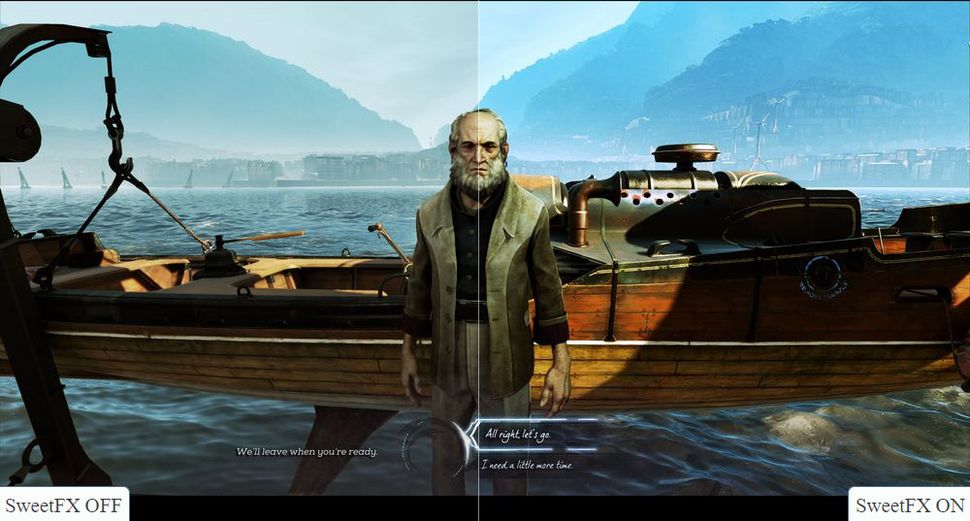



Vibrance : Intelligently saturates (or desaturates if you use negative values) the pixels depending on their original saturation.Tonemap : Adjust gamma, exposure, saturation, bleach and defog.Lift Gamma Gain : Adjust brightness and color of shadows, midtones and highlights (and typically does it better then the Tonemap effect).Monochrome : Removes colors from the image so it appears as if shot on black and white film.DPX : Makes the image look like it was converted from film to Cineon DPX.Technicolor : Makes the image look like it was processed using a three-strip Technicolor process - see.The Curves effect does this in a more subtle way without causing clipping. A fast and easy way to increase contrast but it causes clipping. Levels : Sets a new black and white point.LumaSharpen : Sharpens the image, making details easier to see.Advanced CRT : Mimics the look of an old arcade CRT display.Cartoon : Creates an outline-effect that makes the image look more cartoonish.FXAA Anti-aliasing : Anti-aliases the image using the FXAA technique.SMAA Anti-aliasing : Anti-aliases the image using the SMAA technique - see.I'm also hoping it will help people to realize that SweetFX never went away when we released Reshade but it became part of the included effects, as this is a common misunderstanding. This means shaders can be released faster to the public because Crosire no longer needs to approve them and it frees up Crosires time to work on Reshade itself, rather than also having to manage the effect shaders it can run. Starting with Reshade 4.6 most shaders move out of the reshade-shader package and into their own, managed directly by the shader developers that created them.

However SweetFX have been a part of Reshade ever since the first version of Reshade (and even before that when Crosire was working on EFX) Previous SweetFX 1.x versions came bundled with InjectSMAA and used that to apply the shaders to the games. SweetFX is a suite of effects for universal image improvement and tweaking.


 0 kommentar(er)
0 kommentar(er)
